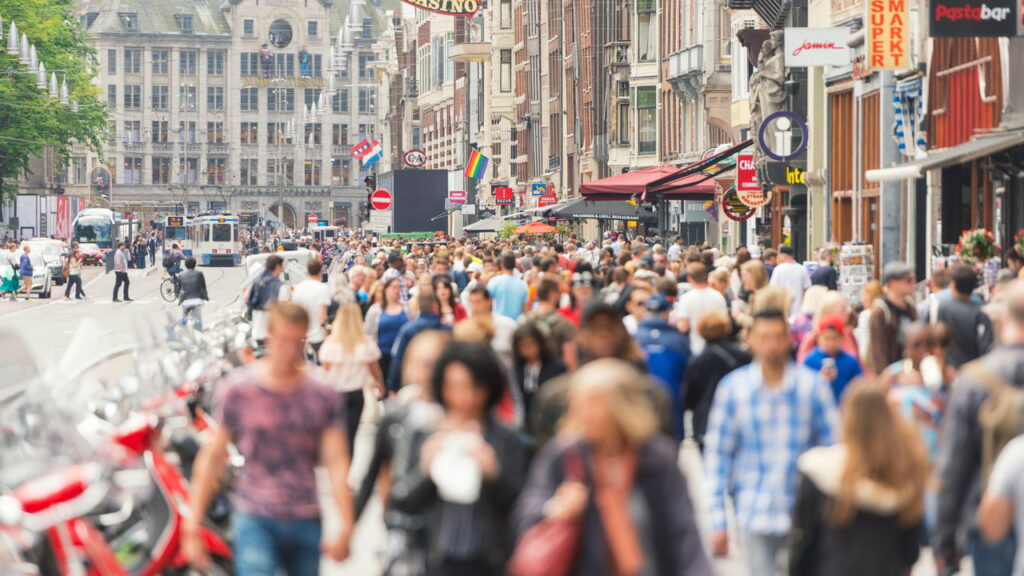Cities around the world are grappling with the challenges posed by mass tourism and are implementing strategies to control the influx of visitors. While tourism brings economic benefits to these cities, residents often face disruptions and overcrowding. The ideal tourist market, according to most residents, would consist of a small number of high-spending visitors to minimize disturbance and maximize revenues. The Economist has compiled data ranking 20 popular destinations based on their appeal to international travelers, shedding light on which cities come closest to this ideal scenario.
In terms of international arrivals, cities like London, Tokyo, and Istanbul attract a significant number of visitors each year. However, when adjusted for population, cities like Amsterdam, Paris, and Milan have a higher number of arrivals per resident, indicating their popularity among tourists. Amsterdam, in particular, has seen a surge in tourists in recent years, prompting local officials to implement measures to curb the influx, such as reducing hotel accommodation and raising taxes. Despite these efforts, the city’s charm, including its picturesque canals and delicious gouda cheese, continues to draw visitors.
Tourist spending plays a crucial role in determining a city’s economic impact. Dubai, London, and Singapore topped the list in terms of spending on attractions, accommodation, and transport. Cities like Amsterdam, Paris, and Dubai also earned the highest revenues per resident, showcasing their appeal to high-spending tourists. However, the gap between cities in terms of spending per resident is substantial, with Amsterdam outperforming Milan by four times. It underscores the importance of striking a balance between attracting tourists and maintaining the quality of life for local residents.
Interestingly, some cities have managed to achieve high revenues without succumbing to overcrowding. Osaka and Madrid, for example, have relatively low visitor numbers per resident but still boast high spending levels from tourists. Residents in these cities enjoy significant economic benefits without the drawbacks of excessive tourism. However, even a small number of tourists can impact the local community, as seen in Osaka where authorities are considering imposing an entry fee for foreign tourists to address the issue of “overtourism.” In Madrid, anti-tourist graffiti has emerged as a sign of growing discontent among locals.
As cities grapple with the challenges of balancing tourism and residents’ needs, it is crucial to find sustainable solutions to manage the flow of visitors effectively. Whether through limiting accommodation options, implementing visitor fees, or promoting off-the-beaten-path attractions, cities can strike a balance that benefits both tourists and residents. By creating a more sustainable and responsible tourism market, cities can maximize economic benefits while preserving the unique identity and charm that draw visitors in the first place. It is essential to prioritize the well-being of local communities while harnessing the economic potential of tourism for long-term prosperity.



